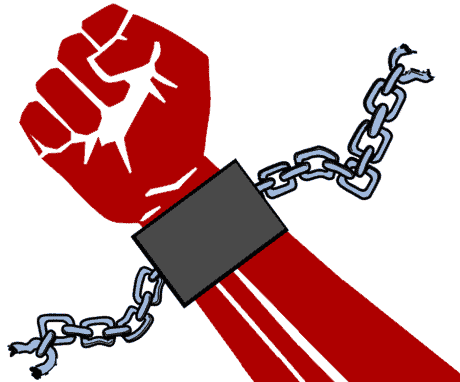The strong winds of having a “perfect figure” have swept us away with their glamorous appeal. The hype has been created for having a slim body, and a lot of it has to do with the celebrities’ idea of a zero figure and an hourglass-shaped body alluring the public to a huge extent.
It is not to be denied that, due to the pressure that has been created to maintain a particular figure and size, people have started giving thought to fitness and health. People seem to have realised that it is important to have a fit body and that it is important to work towards it by indulging in physical activities. In a lot of parks of the capital city, men and women can be seen enjoying a morning walk or practising yoga.
But a major consequence that has occurred due to the perfect body hype is that we have now started associating beauty with a slim figure. Not only is the idea problematic, but it is also highly demeaning for those who do not have a slim body. In a survey conducted by our correspondent on the same matter, with the sample size of 50 people, half concluded that the general belief links beauty with having a slim body. However, around 40% of people did not agree with this concept at all. A second-year student says to this, “The people who are fat or obese need to become slim only to lead a healthy lifestyle and not to become beautiful because they already are beautiful. And being slim should not be a standard, because even that has consequences. Personally, I am very slim, and that does not make me the ‘ideal size zero’, because I face many health complications due to it. And people tell me to put on weight so that I can look beautiful. It’s this hypocrisy and mindset that needs to be changed.”
The hypocrisy that this student mention is perhaps present in the very air we breathe in. And another very interesting example of this hypocrisy can be seen in the social media accounts of various personalities and ‘influencers’ who first put up weight-loss stories and then proclaim with excitement the notion of “self-love”. To love your body, you must first become beautiful and to become beautiful, you need to become thin, is the idea that they seem to spread. A statement by another student sums it up pretty well as she says, “Having a fitter body is fine but associating health with size-zero figure is wrong. However, I don’t subscribe to the “love your body” argument. If someone is obese then s/he needs to do something about it. The modern notions of beauty which I call ‘Insta beauty’ is fake and cosmetic. I feel like people should stop following these models who do nothing but make other people insecure about their bodies and promote products which they never use themselves.”
Although the idea of having a slim body gained significance primarily during the Victorian times when women were supposed to wear corsets and what not to highlight their small waist, a lot of scholars believe that the modern conception is hence, a result of the colonial effect. Another very important thing we must remember is that during the Greco-Roman times, a woman with a plump body was regarded as beautiful. If one looks at the paintings of those times, one would come across female bodies with fat thighs and chubby body, which is just as beautiful. Speaking in the Indian context, in Kalidasa’s famous play, Abhijnanasakuntalam, Shakuntala is described in such terms that the present reader would perhaps condemn. Her plump thighs are seen as a positive aspect because it would mean she will be able to bear a child well – a popular conception in those times.
“I’m trying to decondition myself from thinking that thin people are pretty but it is difficult to do so when these ideals are constantly reinforced to you. I find the plus sized movement discouraging, they make normal sized women as plus models; which further negatively impacts our perception of size”, expresses another student. And this is exactly the problem with the whole issue. One involuntarily caves in due to the pressure that one feels is coming from all around. Many teenagers, in recent times, have been reported to be suffering from mental health issues because of the stress to mould their bodies into a particular manner. And this is why the glorification of having a slim body is problematic.
Thus, it is important for us to maintain a healthy body by engaging in physical activities. But the inspiration behind this must be that your aim is a healthy lifestyle rather than succumbing to the societal ideals of beauty.
Image Credits: The Indian Express
Akshada









